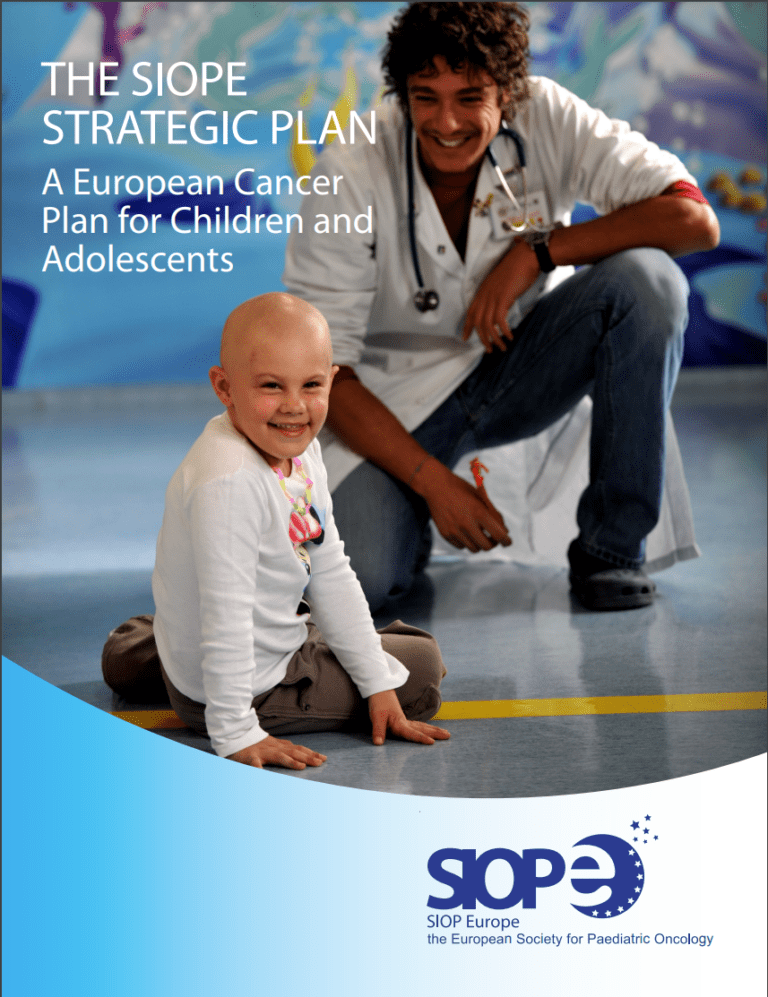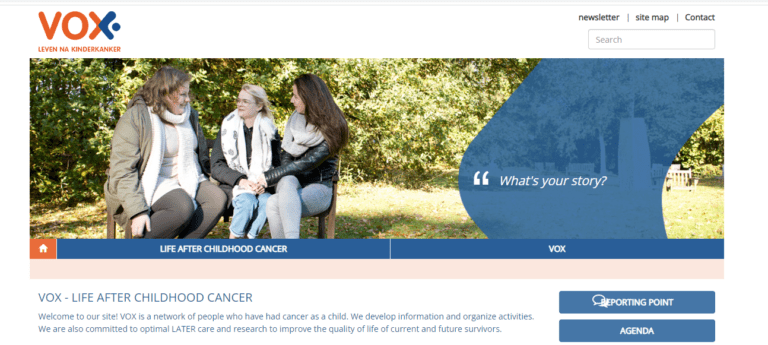“Het doel van de richtlijn is om de overgang van kinderzorg naar zorgvoorzieningen voor volwassenen voor chronisch zieke adolescenten en jongvolwassenen of nazorg na een ernstige ziekte multidisciplinair te structureren en te standaardiseren. gespecialiseerde medische zorg gedurende de kwetsbare levensfase van de adolescentie tot in de jongvolwassenheid. Door een goede voorbereiding uiterlijk vanaf het begin van de puberteit moeten ook adolescenten met somatische aandoeningen het vermogen verwerven om zelfstandig met hun ziekte om te gaan. Dit moet de morbiditeit en mortaliteit op volwassen leeftijd verminderen en verbetering van de kwaliteit van leven en maatschappelijke participatie. Een succesvolle transitie is dus niet alleen belangrijk voor de jonge patiënten en hun families, maar ook relevant in termen van gezondheidseconomie. Deze richtlijn is bedoeld om ervoor te zorgen dat transitiediensten een vast onderdeel zijn van gezondheidszorg voor chronisch zieke adolescenten en jongvolwassenen en veilig worden gefinancierd door betalers. Adolescenten in nazorg na een ernstige ziekte, zoals na een hematologische of oncologische ziekte of na een orgaantransplantatie, zijn formeel niet chronisch ziek en ervaren zichzelf vaak ook niet als zodanig. Niettemin is regelmatige multidisciplinaire opvolging belangrijk. 
14 oktober, 2009
European Survey on Standards of Care in paediatric oncology centres
Er is aanzienlijke vooruitgang geboekt in de resultaten van de behandeling van kanker bij kinderen









Comments
Thank you. Comment sent for approval.
Something is wrong, try again later